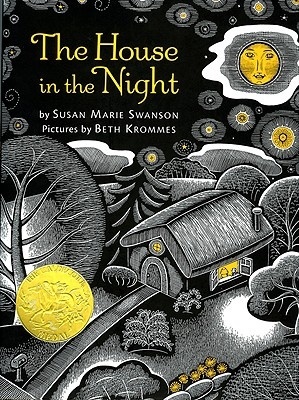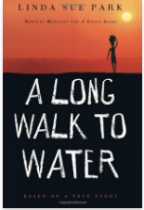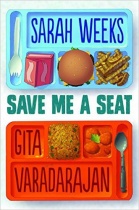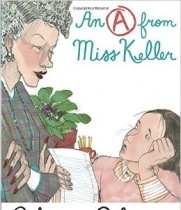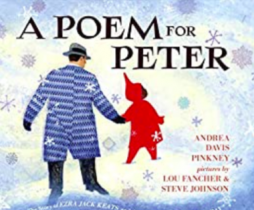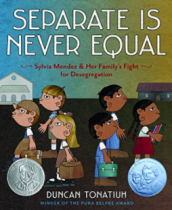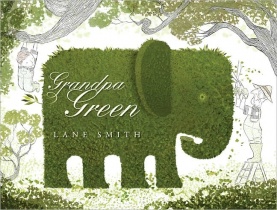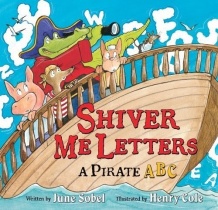Evaluation
One of the first things I noticed about this book is the movement created through the illustrations. The black and white sketches are lifted off the page through selective spots of color as well as the texture seen on the wooden doors and the fabrics from the bed and the night table. Movement is also created on the page through drawing the character in action. On the first page, the character is reaching for the golden key, on the second page the character is opening her dresser and on the third page she is carefully turning the page to the book. Later, the bird is brought in adding movement across pages. The bird also adds an element of surprise and mystery as the image of the bird grow smaller and the reader is forced to act like a super sleuth searching for the bird through its flight amidst the moon and the stars. However, as the character approaches the house again, the image of the bird grows larger. The presentation of the bird also creates movement because it starts out as a two dimensional image within a book and then springs to life, taking on a three dimensional form.
Movement also takes place within the written words of this storybook. As noted in the historical synopsis, this book is based off of The Oxford Nursery Rhyme Book which contained similar cumulative-like patterns. The last word in the previous page is carried over and used as the first word of the next page. This literary device creates a propelling motion and allows the reader to feel as if they too, have taken flight.
I think there are various artistic approaches that may be taken using this book. For younger children, you may have them create their own “house in the night” using black and white marker, water color or black, white and colored chalk. Perhaps as a class you may choose to create your own short journey using the cumulative pattern as a guide. Or, you may choose to create a booklet with beginning prompts and blanks for the children to write their own words (scaffolding instruction). For a class discussion you may decide to list all of the hidden animals and objects that are weaved within the pages of this story. Other discussion questions can be rendered: How do you think about the night? What do you do before you go to sleep? What do you see outside in the night? What provides us with light? This could also be turned into a science lesson if one so desired.
